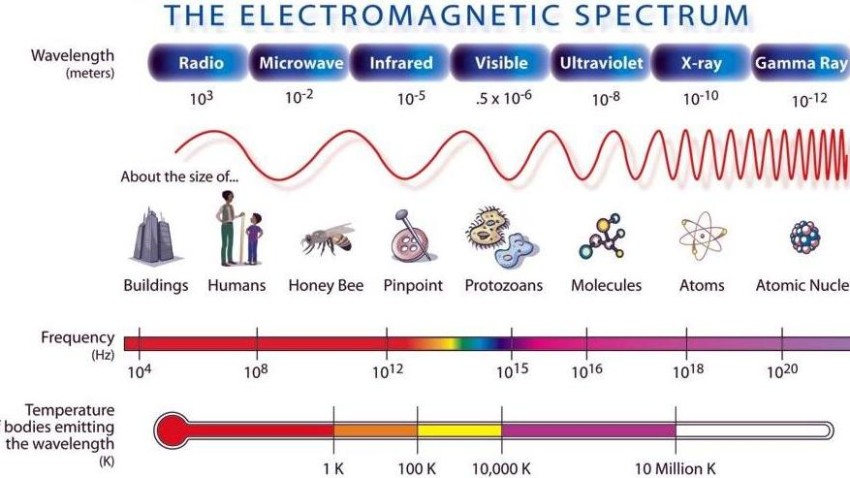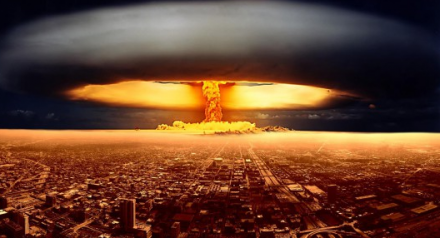What to Consider Before, During and After a Nuclear Attack
The Cold War may seem to be far off, and many of the public service and educational programs with respect to what to do during an attack have gone by the wayside. We don’t have civil defense drills, we don’t have many active and maintained fallout shelters, and we don’t have exposure to a lot of information about how to react. Unfortunately, the threat from a nuclear attack, whether precipitated by governments or terrorists, is greater than ever before.
This is not good news in terms of preserving life at the national and international level, and it stands to reason that countless individuals will become ill and die during and after an attack. It is essential to know what to expect in order to be best prepared, because there will come a day when our country will face a nuclear detonation. Additionally, the potential threat that exists from problems at nuclear power plants is another reason to take a fresh look at how radiation can impact humans and our way of life.
Different Radiation
Nuclear events, whether from material being vented into the atmosphere from a power plant meltdown, full-scale attack or dirty bomb incident, produce different types of radiation. Unfortunately, protecting against each one involves different measures. The first, and most powerful, form of radiation that is released from an explosion is Gamma radiation. The second and residual particles are called Alpha and Beta radiation.

Gamma radiation presents the most immediate danger to anyone who is in the vicinity of the blast. Radioactive energy is propelled in all directions at blazing-fast speeds and particles can penetrate most materials. However, shielding from thick concrete, lead, earth, water and other barriers can block the particles. This is why shelters are made from thick material and underground bunkers are buried deep beneath the surface.
Gamma radiation can penetrate through organisms, including plants, animals and humans, and it can alter cells and mutate DNA. Exposure to these particles often cause the fastest onset of symptoms, deteriorating health and ultimately death. This is in addition to the searing heat and bright light from the initial blast that will also vaporize most organic objects in its path.
Alpha and Beta radiation are just as lethal, but these particles do not have the ability to penetrate through most structures. They also can be blocked with clothing and even paper or cardboard. Most forms of fallout that occur after a nuclear incident involve these particles. They are known to cause a myriad of health effects that range from various cancers to organ and tissue diseases. Unfortunately, the effects of exposure can take longer to materialize, and there are cases of people who lived for decades before encountering symptoms.
Different Effects
It is well-known that those who are near ground zero will receive the brunt of the immediate effects. These decrease with distance, and those who are farther away from the blast zone will notice less damage and destruction. However, people who are thousands of miles away form the blast can experience the effects of fallout, which is one of the most dangerous and widespread risks associated with nuclear radiation.
Fallout is basically tainted material that has been kicked up into the atmosphere after a blast. This cloud of dust, debris and microscopic particles can travel at great distances before being deposited onto surfaces, including the ground. Contamination can impact our food and water supply as well as pose decades-long exposure risks as it can be present in dust and other particles that we come into contact with everyday.
The ideal way to deal with fallout is to scrape the contaminated surfaces and dispose of the material in a safe location. However, this is easier said than done, which is one of the reasons that it is so dangerous.
Practical Options
Nuclear radiation is the mother-lode of nightmare survival scenarios, and for good reason. It is a game-changer that leaves preppers with few options. On one hand, you can build a bunker underneath a few feet of dirt and develop a self-contained ventilation system. However, this may protect against the immediate force of the blast but not provide for long-term needs. On the other hand, preparing for the long-term is also a challenge due to the fact that we are talking about stocking up resources for decades until global cleanup efforts begin to make the surface of the earth habitable again.
However, the extent of the impact from a nuclear blast will depend on whether it was local or global as well as where the radiation travels after being released. So, there are so many variables that it makes sense to plan and prepare since different locations will most likely be impacted at different degrees.
It is unlikely that we will face a global nuclear exchange that will be an extinction-level event. However, we do stand a really good chance of becoming impacted by a local or regional attack. The best rule of thumb is to avoid living or being stuck in areas that would be considered attractive targets. The second rule of thumb is to research the way prevailing winds tend to blow in order to be upwind of any potential fallout. Finally, you should always keep a stockpile of at least a couple of month’s food and water to provide some time for the “dust to settle”.
This may sound like simplistic and generic advice, but these practical steps can help you to try to minimize risk and buy some time. Then, you can tap into your skills and resourcefulness in order to decide what to do next.





